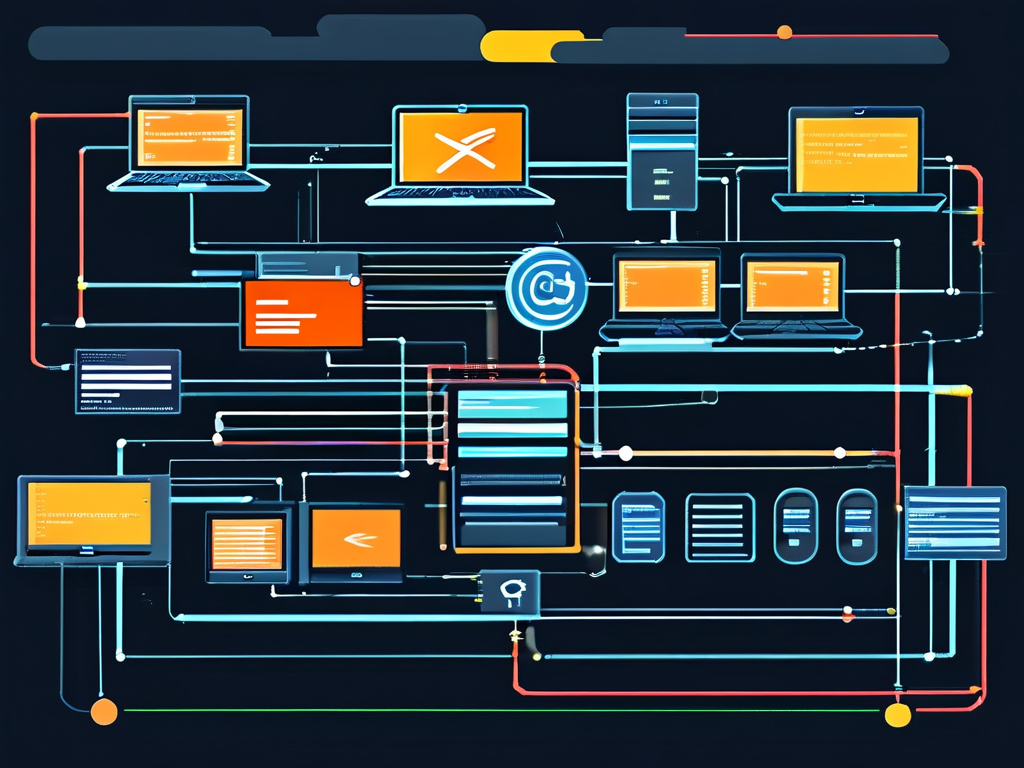In modern software development, distributed architectures have become the backbone of enterprise-level applications. These systems rely on efficient communication methods to coordinate tasks across multiple nodes, but how exactly do these components interact? This article explores the technical foundations and emerging practices enabling seamless data exchange in decentralized environments.

The Core of Inter-System Dialogue
At its essence, communication between distributed components involves standardized protocols and data formats. RESTful APIs using HTTP/HTTPS remain prevalent, with JSON payloads accounting for 68% of API interactions according to 2023 cloud infrastructure reports. Developers often implement these interfaces through frameworks like Spring Boot:
@RestController
public class InventoryService {
@GetMapping("/api/stock/{itemId}")
public ResponseEntity<StockInfo> checkInventory(@PathVariable String itemId) {
// Implementation logic
}
}
While REST dominates web services, gRPC has gained traction for internal microservices communication. Protocol Buffers (Protobuf) enable 40-60% smaller payloads compared to JSON, significantly improving performance in high-frequency transaction systems.
Asynchronous Communication Patterns
Event-driven architectures have revolutionized distributed communication through message brokers. Apache Kafka processes over 1 million messages per second in benchmark tests, supporting real-time data pipelines. A typical producer configuration might appear as:
from kafka import KafkaProducer
producer = KafkaProducer(bootstrap_servers='kafka-cluster:9092')
producer.send('order-events', key=b'order123', value=serialized_data)
Service mesh technologies like Istio complement these patterns by handling service discovery and load balancing. The sidecar proxy model intercepts 92% of inter-service traffic in mesh implementations, enabling features like automatic retries and circuit breaking without code modifications.
Data Consistency Challenges
Maintaining data integrity across distributed systems introduces complex synchronization requirements. The CAP theorem dictates unavoidable trade-offs between consistency and availability during network partitions. Modern solutions employ:
- Version vectors for conflict resolution in eventual consistency models
- Two-phase commit (2PC) protocols for ACID transactions
- CRDTs (Conflict-Free Replicated Data Types) for distributed counters and registers
Security in Transit
Encryption protocols like TLS 1.3 have reduced handshake times by 40% compared to TLS 1.2, making secure communication more practical. Mutual TLS (mTLS) authentication now protects 78% of service-to-service communications in zero-trust architectures, as evidenced by Cloud Security Alliance audits.

Emerging Frontiers
Quantum-resistant cryptography prototypes and named data networking (NDN) represent next-generation communication paradigms. Early adopters report 30% reductions in latency through NDN's content-centric routing approach, though full implementation requires fundamental changes to network infrastructure.
As distributed systems grow in complexity, communication mechanisms continue evolving. From service meshes managing east-west traffic to AI-driven network optimization, the field demonstrates remarkable innovation. Developers must balance protocol efficiency with system resilience, keeping pace with advancements while maintaining backward compatibility—a challenge that ensures communication architecture remains both art and science in the distributed computing era.









